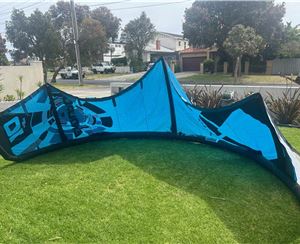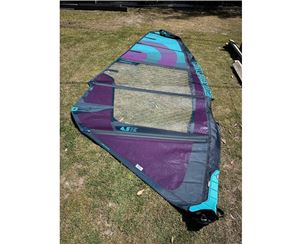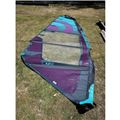A Simple Guide to NSW Private Moorings
If you want to moor your vessel on navigable waters in NSW, then you must have an annual private mooring licence. The conditions surrounding these licences can be complicated and there are numerous special conditions in place. (For more information, please see here ). It is vital that you adhere to the regulations as non-compliance may result in the cancellation of your licence and your liability insurance may be rendered null and void.
Key NSW Regulations:
· Licences can only be registered in an individual’s name and you must be the sole owner or equal / majority shareholder
-
A person may not have more than two private moorings in the one designated mooring area. Currently, these areas exist in Pittwater and lower Hawkesbury River.
-
In mooring areas designated ‘Residents only’ a person may not have more than one private mooring.
-
The vessel licensed to the mooring is 5.2 metres or more in length
-
The vessel will be subject to a visual assessment to ensure that it is suitable for the particular mooring area.
You must notify Maritime if you plan to be absent from the mooring for more than 28 days or if you plan to change your vessel.
Transfer of a Private Mooring Licence is subject to conditions and subsequent approval by Maritime.
What if my preferred mooring area is not available?
If no vacancy exists you can apply to be placed on the Priority Waiting list. These lists exist for each designated mooring area where mooring sites are not immediately available. Please note that an application fee is required to be placed on the priority waiting list.
How to Apply for a Mooring in an Area with Immediate Availability
If you are lucky enough that your desired mooring is available, you will need to:
-
Complete an Application for Private Mooring Licence (which incorporates a Statutory Declaration - Vessel Ownership);
-
Provide proof of identity
In addition, once you have been issued with your licence, you have the responsibility of:
-
Contacting the Boating Service Officer to ensure they inspect your vessel and to allocate a suitable mooring position
-
Arrange with a mooring contractor to purchase and position suitable mooring apparatus at the site allocated by the Boating Service Officer. Please note that it is the responsibility of a mooring contractor to ensure that the mooring and its location are suitable for the vessel in question.
What about mooring itself?
Any apparatus and equipment such the purchase, installation and servicing of the mooring apparatus, mooring buoys and servicing the mooring is the responsibility of the mooring licensee.
Mooring marker buoys must be yellow in colour and clearly display, at all times, the issued mooring licence number in characters at least 50mm high.
Suitability of Vessels on MooringsVessels moored on a private mooring must be visually suitable for the bay and be maintained in a seaworthy condition which means being capable of undertaking a voyage.
This includes:
-
The vessel must be of a style and colour considered to be consistent with the general style of other vessels moored in the bay.
-
The vessel must be kept clean and tidy and free of bird droppings, vermin etc.
-
The vessel must not be used as a repository for refuse, garbage, or “junk”.
-
The vessel should be in a good condition, kept free from rust and marine growth on the vessel’s hull must be minimal.
How much does it cost?
There is an establishment fee the first time you purchase a licence, and ongoing, you fee will be determined by the mooring location and vessel length. In addition, extra fees can be charged if you wish to change the vessel on the mooring or transfer the mooring from one person to another.











